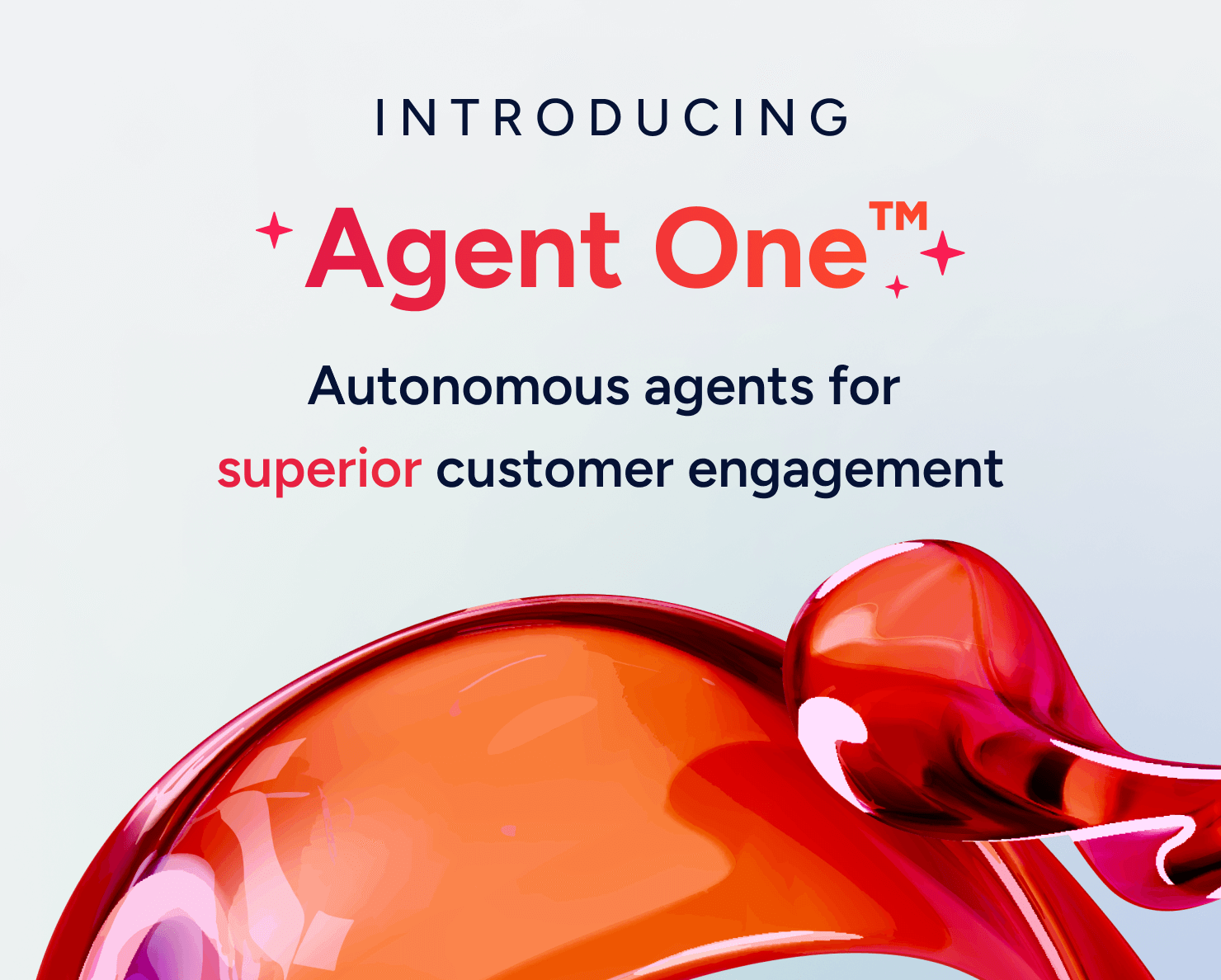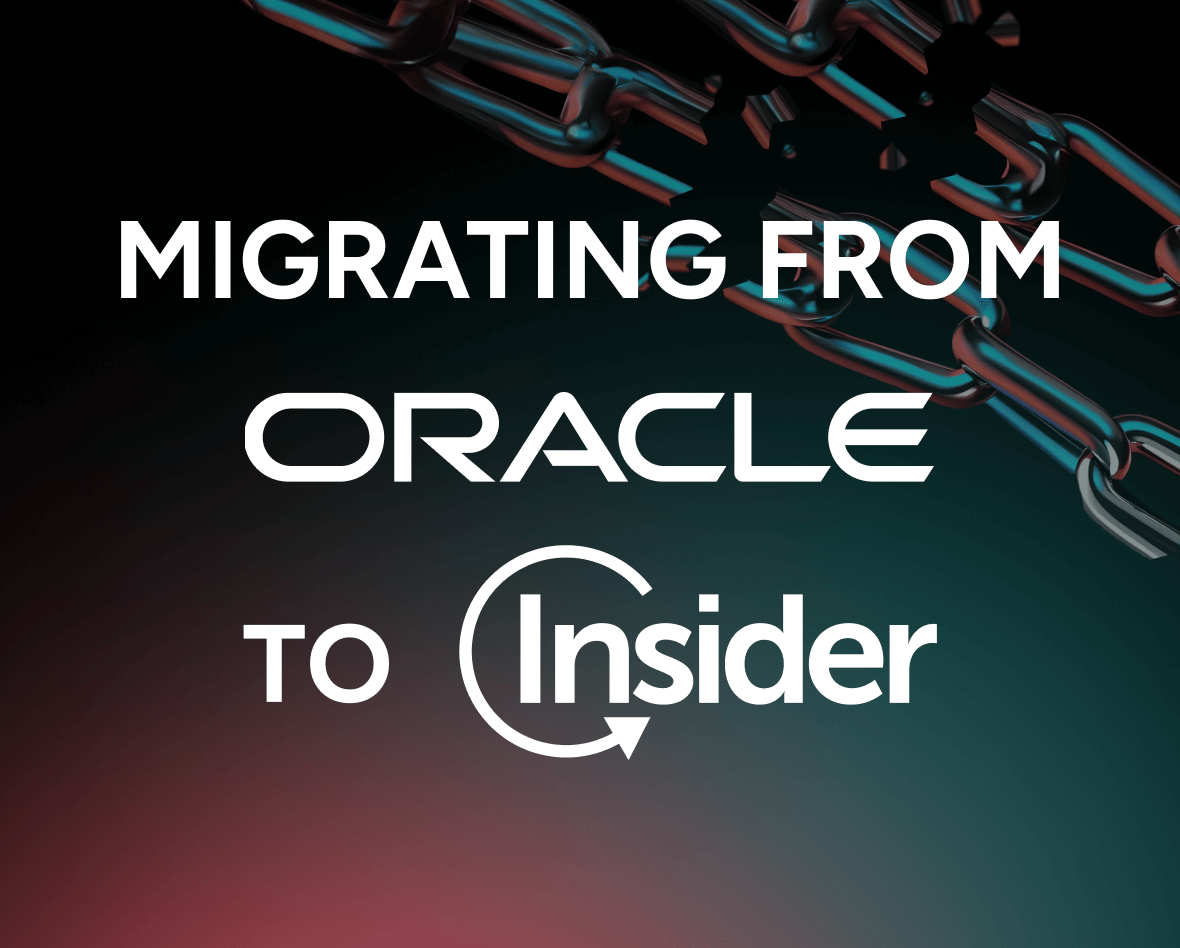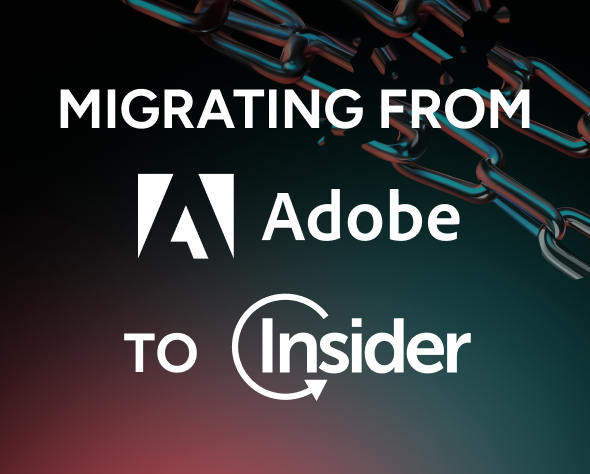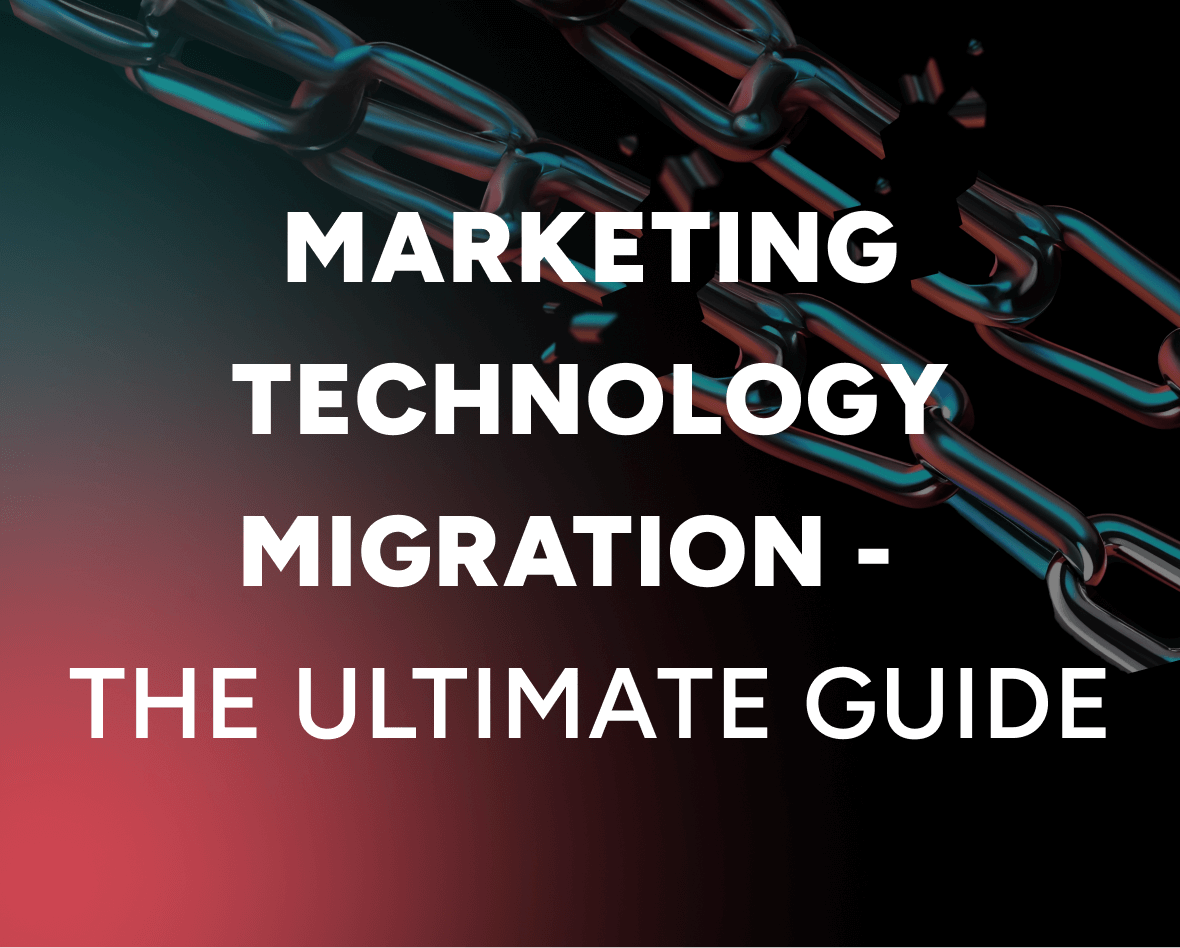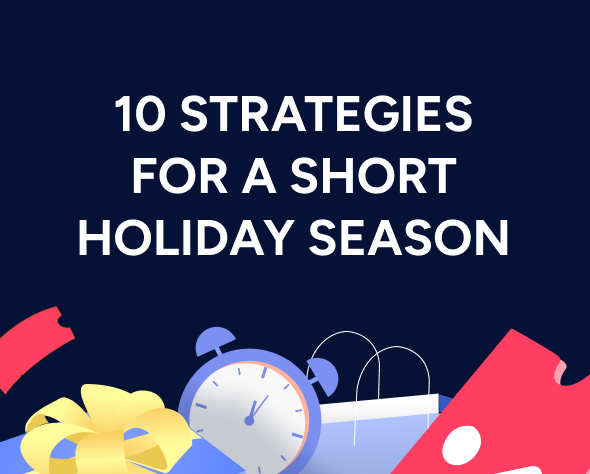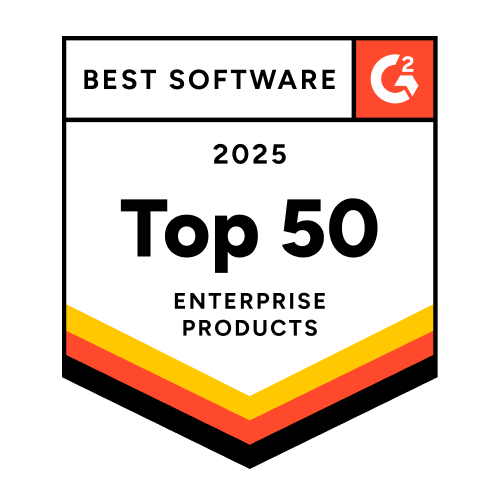How to build the right marketing automation strategy (Best practices)
While most businesses use some form of marketing automation, few have an overarching automation strategy.
However, without developing a proper strategy, you’re likely to miss out on many of the benefits of marketing automation.
Updated on 10 Oct 2025
A marketing automation strategy is a detailed plan that outlines which tasks you’ll automate and how. Since automation can be employed in tons of different marketing processes, most teams need different strategies based on workflows and business goals, like:
- Generating and nurturing qualified leads before passing them to the sales team.
- Improving customer engagement and driving revenue by sending personalized product promotions, price drop alerts, and event reminders.
- Streamlining other time-consuming and repetitive tasks (e.g., lead scoring or publishing social media posts).
Additionally, a good strategy ensures that your automations are not only aligned with your goals but are also based on a solid understanding of customers’ needs, interests, and preferences.
In this guide, you’ll learn exactly how to build and implement the right marketing automation strategy for your business in six steps. We’ll also be using Insider — our AI-native personalization and automation platform — to show you how to put the ideas we discuss into practice.
6 Steps to building a marketing automation strategy for your business
Marketing automation can involve a wide range of activities and use cases — from building simple welcome email flows to complex omnichannel automations aiming to upsell products or generate repeat purchases.
That’s why there’s no set of automation strategies that are ideal for every company. Still, there are six steps every business should take when creating their automation strategies to ensure they’re based on reliable customer data and implemented with the right tools for the job:
- Customer data unification
- Behavioral analytics
- Journey mapping
- Segmentation
- Implementation
- Analysis and optimization
#1 Customer data unification
As martech stacks have grown, marketers started facing a big challenge in the face of data silos.
For example, say your business is using an email marketing platform, a customer relationship management (CRM) system, a personalization tool, and a customer service platform.
Each of these solutions holds valuable insights into your customers’ experiences. However, without stitching them together, you’ll be working based on a limited or completely incorrect understanding of your customers.
This is where customer data platforms (CDPs) become invaluable. CDPs can unify that disparate customer data into a single database with cohesive, 360-degree views of each customer.
For example, the 360-degree view below is built by our enterprise CDP and it contains key insights that are updated in real-time, including:
- The customer’s interactions with the brand.
- Their channel reachability and preferred touchpoints.
- Their last visited, purchased, and abandoned products.
- Their loyalty status and predictive characteristics such as likelihood to purchase.
With your data unified, you have a great foundation for building automation strategies that are based on your customers’ needs and complete experience with your brand.
#2 Segmentation
Segmentation is the process of organizing your customer base into groups based on shared traits, behaviors, and characteristics. It’s essential for pretty much all marketing activities, including building a good automation strategy.
Traditional segmentation characteristics include demographics, locations, devices, operating systems, and other standard traits.
Additionally, behavioral segmentation lets you target based on important customer behaviors, like visits to specific product pages, mobile app installations, or interactions with your emails and messaging channel communications.
Finally, modern solutions like Insider also use predictive AI algorithms to target customers based on what they’re likely to do in the future.
These segmentation capabilities can help you optimize your current automated campaigns and build new ones.
For example, say you have a segment of new customers who have a high discount affinity and have shown interest in a specific product without buying it. You can set up an automated message that triggers on their preferred channels as soon as the product’s price gets reduced.
If you’re interested, we explore many similar strategies in our guide to eCommerce marketing automation.
#3 Behavioral analytics
Once you’ve ensured you have reliable customer data powering your marketing efforts, you can start analyzing that data to equip your strategy with the necessary insights.
For example, if you’re planning on automating promotional messages, price drop alerts, or event reminders, it’s a good idea to see which channels important customer segments use and how often they prefer to be contacted.
If you’re using a solution like Insider, you have behavioral analytics features like Channel Reachability and Message Frequency Analysis that can give you that information.
Building funnels around key goals like purchases, newsletter sign-ups, or event bookings can also be a great way to inform your automation strategies.
For example, say you have a multi-step process that customers must go through to purchase your product or service. Building a funnel lets you analyze the buyer journey and see where people drop-off (e.g., just before the final step). Once you know that, you can set up strategic automation on their preferred channels that nudge them to complete the process.
Finally, having a broader view of your most successful products and categories can also be useful. Analytics solutions like Insider can give you that information for each customer segment, as well as key metrics like purchases per user, average order value (AOV), and revenue.
#4 Journey mapping
Journey mapping is a popular method for visualizing the process people go through to accomplish their goals.
A journey map can show the thought process of your buyer personas as they go through different stages and channels, as well as their expectations, pain points, actions, and opportunities.
Source: Journey Mapping 101 by Nielsen Norman Group
Building a detailed journey map (again, based on reliable customer insights) can also be great for your automation strategy because you can pinpoint customers’ key pain points during key stages of their journey.
Then, you can set up strategic automations during those points to provide relevant content about the problems they might be facing, engage them with enticing offers (like free shipping or discounts), and much more.
#5 Implementation
Up to this point, we’ve laid the groundwork for a solid automation strategy by ensuring it’s based on a data-driven understanding of your customers. From here, it’s about implementing the strategy with the right marketing automation platform.
Again, there’s no universally right marketing automation solution for every business, so it’s a good idea to consider the following factors when choosing an automation tool or platform:
- Channels: Point solutions let you build automated campaigns across one or two channels (e.g., email and SMS), while unified marketing platforms bring many channels under one umbrella. Depending on your use case, you might decide to go with either type, although unifying as many channels as you can makes implementation and management much easier and brings cost savings in the form of lower total cost of ownership (TCO).
- Integrations with other marketing tools: Marketing automation software tools need to share data with many other technologies, like CRMs, CDPs, analytics software, and other point solutions. The more pre-built connectors a tool has, the better your chances of integrating it easily into your stack, without spending too much effort and engineering hours.
- Ease of implementation and use: If you’re a larger business with a big customer base, setting up an automation solution can easily take months. Solid integrations help here but you also need to partner with an experienced support team that can guide you through the process and show you how key features work. This can drastically shorten your learning curve and time-to-value.
Outside of these factors, most solutions today let you build automations using drag-and-drop editors. For example, the screenshot below shows Architect — our AI-powered customer journey builder and marketing automation tool.
As you can see, selecting channels, rules, and triggers is as easy as clicking on the canvas. This means you can build all sorts of automated workflows and campaigns with no IT dependence — like lead nurturing flows, upsell and cross-sell campaigns, strategic reminders about abandoned carts or wishlist items, and much more.
For example, Marks & Spencer used Architect to launch automated cart abandonment campaigns via web push notifications. These marketing campaigns achieved a 15.1% cart recovery rate, which is 353 times higher than the industry average, becoming one of the most reliable revenue drivers for the brand.
Additionally, you should also take full advantage of A/B testing and AI when implementing and optimizing your automation strategies.
Run A/B tests to determine optimal approaches
Regardless of the amount of customer data we can analyze, in many cases, it’s impossible to determine which automation approach will work best. This is where A/B testing comes in.
Again, if you’re using Architect, building an A/B test is as simple as dragging and dropping elements on a canvas. You can also test pretty much any element you want — from subject lines and body copy to send times, channels, journey paths, and much more.
Maximize the potential of AI and machine learning
There’s a lot that goes into managing and optimizing your marketing automation strategy once it’s launched. Fortunately, AI and machine learning technologies can do a lot of the heavy lifting for you.
For example, here are a few AI-powered features you should consider to save time and optimize your campaigns for better results:
- Send-Time Optimization and Next-Best Channel, which automatically send your messages at the times and on the channels each recipient prefers. This can save you lots of effort from manually testing channels and send times.
- A/B Test Winner Auto-Selection, which automatically guides users to the winning variant in your A/B tests based on a metric you’ve selected, like open rates, click-through rates, conversion rates, revenue, and so on. This is a great way to scale your A/B tests, as you don’t have to manually review results and optimize journeys.
Recent advancements have also expanded AI’s automation use cases even more.
For example, if you’re using Insider, you have access to a combination of predictive, generative, and conversational AI capabilities. This means our platform can predict key behaviors (e.g., likelihood to purchase), have automated, two-way conversations with customers at scale, and create audience segments, journeys, and copy based on simple text prompts.
#6 Analysis and optimization
Once your automation strategies are live, it’s time to keep track of their results and optimize accordingly. For that, you’ll need a good customer journey analytics software that can show you:
- Which channels are performing well and which ones aren’t.
- Which steps in your campaigns are leading to most drop-offs.
- How many conversions and how much revenue your automations are generating.
- And other similar insights.
With Insider, you can see this data right in the same canvas where you build your campaigns. That way, you don’t have to switch between screens or analytics solutions to see what’s working.
You also have the option to build custom dashboards with various metrics about your automation strategies.
For example, a digital marketing team might need a dashboard with detailed metrics like delivery rates, open rates, conversion rates, and journey completions for each automation strategy. At the same time, leadership and other stakeholders might need a higher-level overview with metrics like revenue, AOV, and customer retention from specific campaigns.
Real-life examples of successful marketing automation strategies
As you can see, there’s a lot that goes into building and optimizing your marketing automation strategy. However, when done right, the results are more than worth it.
Below, we’ll look at five companies that used our platform and customer journey builder to create automation strategies for various business goals. We’ll also explore what results they saw in terms of return on investment (ROI) and other key metrics.
- NA-KD: This fashion brand started by unifying its customer data and launching its first highly-targeted SMS campaign. Then, their team expanded the automation efforts to web push, app push, and emails. Thanks to Insider, their new campaigns could reach customers with personalized messages, regardless of if they were browsing online, chatting on WhatsApp, or checking their emails. This helped the brand achieve a 25% increase in customer lifetime value (CLTV) and a 72x ROI in 12 months.
- Generali: This leading insurance and asset management company faced challenges with lead generation and validation. To address them, they used Architect to build a brand new, automated lead validation workflow, followed by personalized promotions across email campaigns, web push, and SMS to move leads down the sales funnel. The result was a 20% reduction in sales cycle length (on top of a 3x increase in leads thanks to website personalization).
- Slazenger: This sports brand was looking to implement cross-channel automation to deliver personalized customer experiences and improve the ROI from its martech stack. Using Architect, they built various contextual automations around events like price drops and cart abandonments. The result was a 49x ROI in just eight weeks and 40% recovered revenue in a single campaign.
- Remix: This second-hand store needed to increase first purchases from potential customers who signed up for their email newsletter. To do that, they built an automated sequence that prompted new users to save their preferred search filters and then triggered follow-up emails showing how to save a brand as a favorite and save money on shipping by combining orders. This led to a 104% increase in first purchases.
- Picniq: This travel brand needed to improve its email marketing and omnichannel strategy with better segmentation and personalization. They used Architect to automate the creation of targeted cross-channel journeys, focused on current customers and browser abandoners. The brand quickly achieved a 5x ROI with these new automated journeys. They also expanded their reach to WhatsApp, where they achieved an 80% open rate.
Build, analyze, and optimize your marketing automation strategy with Insider
Insider lets you create a marketing automation strategy based on reliable data and insights into customers’ preferred channels, communication times, products, and much more.
With our platform, you can build automated flows and campaigns across 12+ channels — including your websites, mobile apps, email, push notifications, SMS, WhatsApp, social media ads, chatbots, and others.
You can also use advanced segmentation and personalization tools to ensure each message is always sent to the right target audience, on the right channel, and at the right time.
Plus, our easy channel integrations, experienced support team, and versatile templates will help you set up effective marketing automation strategies as quickly as possible.
Schedule a demo with our team to learn how Insider can benefit your business specifically.

